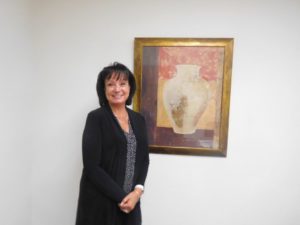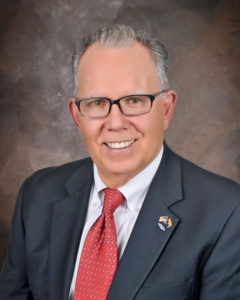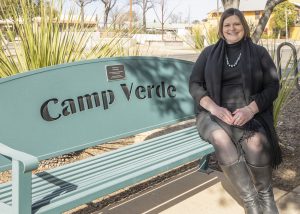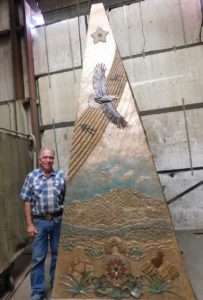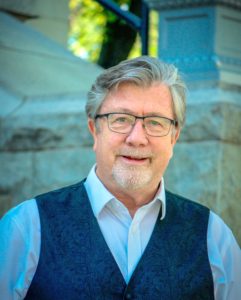“These homes are attainable and in a great price range with great amenities,” he said.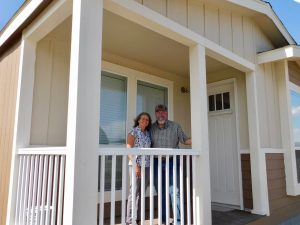
The manufactured homes will cost $200,000 to $280,000. Homes vary from 780 to 1,600 square feet; most have two bedrooms and two baths. Residents will own the homes, but not the land.
The purchase will also give the homeowners access to the community center, which includes a swimming pool, pickleball courts, a weight room, a dog park and a cornhole area. A public golf course is not part of Desert Pines Resort, but is nearby.
Eric Granillo of Granillo Homes is one of the owners of the project and is in charge of construction. Mike Middleton, another owner, is a real estate agent who is overseeing sales.
One of the manufactured homes is under construction and two homes have been purchased. Desert Pines has also received deposits for several other homes. Phase one of the project will involve 50 lots and take about two years. Middleton says he expects all 179 homes to be full in five to six years.
“These homes are attainable and in a great price range with great amenities,” he said. “It’s resort-style amenities without resort-style prices. This is a beautiful home park.”
Popular amenities in Desert Pines Resort include the professional grade pickleball courts. “It’s one of the nicest outside pickleball courts in the area,” said Granillo.
Middleton said Desert Pines will also be enticing to those who travel a lot because the property from the road to the porch is maintained by the resort. The development owners also are looking into having an RV storage area on site.
Granillo’s father started Granillo Homes 41 years ago. As a kid, he can remember being around the family business since he was 8 years old. He became heavily involved 12 years ago. QCBN
By Stan Bindell, QCBN
Desert Pines Resort is located off State Rt. 69, south of Fain Road.
Photo by Kay Lyons: Sales team Darby and Mark Middleton want to open the door to “attainable” housing in Prescott Valley.






